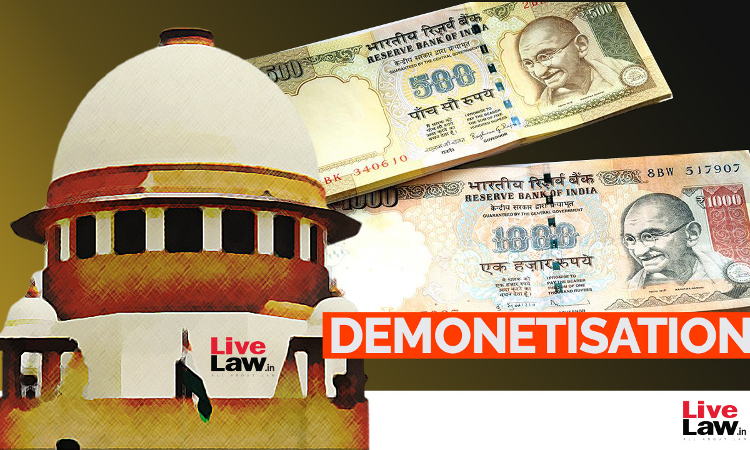We Gave The Recommendation For Demonetisation, All Procedures Followed : RBI Tells Supreme Court
Awstika Das
5 Dec 2022 9:23 PM IST

Next Story
5 Dec 2022 9:23 PM IST
Insinuating procedural impropriety without having concrete evidence, when allegations of procedural lapses were denied by both the central government and the Reserve Bank of India, was nothing but a 'fishing and roving enquiry', Senior Advocate Jaideep Gupta, appearing on behalf of the central bank, told the Supreme Court on Monday. "The process was followed. For instance, we have stated...
